Markus Raetz opens his doors to perception in Bern
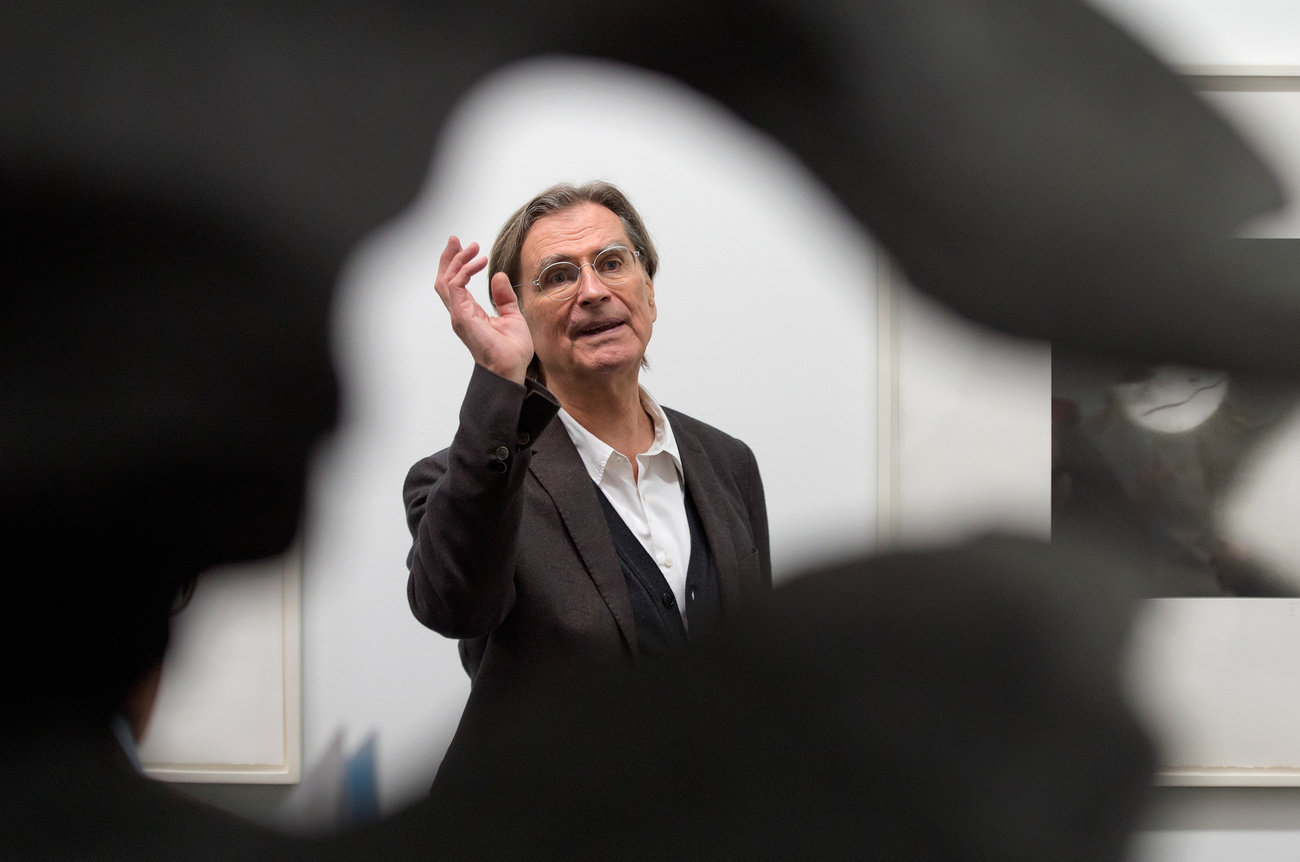
A new retrospective of 3D artworks by the late Swiss artist Markus Raetz is on display at the Bern Museum of Fine Arts.
One of the most prominent Swiss artists of the past 50 years, Raetz died on April 14, 2020, one month into the national Covid-19 lockdown. His work and memory were mentioned all over the Swiss press, although with no fanfare; internationally his passing went almost unnoticedExternal link.
The subdued obituaries and the impossibility of any kind of public celebration – due to the health restrictions – of Raetz’s life and works left a gap which the Bern Museum of Fine Arts (Kunstmuseum Bern) is now attempting to fill. A large retrospective is running until February 25, 2024. Some of Raetz’s most well-known three-dimensional artworks are on display next to a spatial installation, Wolke (Clouds, 2020), planned by the artist but never executed.
More than half a century of industrious activity left a broad range of experiments with materials, surfaces and techniques. If one were to define Raetz’s work in a word, it would certainly be “perception”. Or, more precisely, “altering perceptions”, but not restricted to the psychedelic exhortations of the term that was all the rage among many of his contemporaries in the 1960s and 1970s.
In fact, he was very much an artist of his time, having also surfed the lysergic waves of the 1960s counterculture. Raetz opened what British writer Aldous Huxley called the “doors of perception” and dove deep into its essential meaning, or the nature of perception. The main question throughout his career, according to his widow, Monika, was: “is this the only way to see things?”
The exhibition in Bern answers this question, artwork by artwork, with a clear “no”.
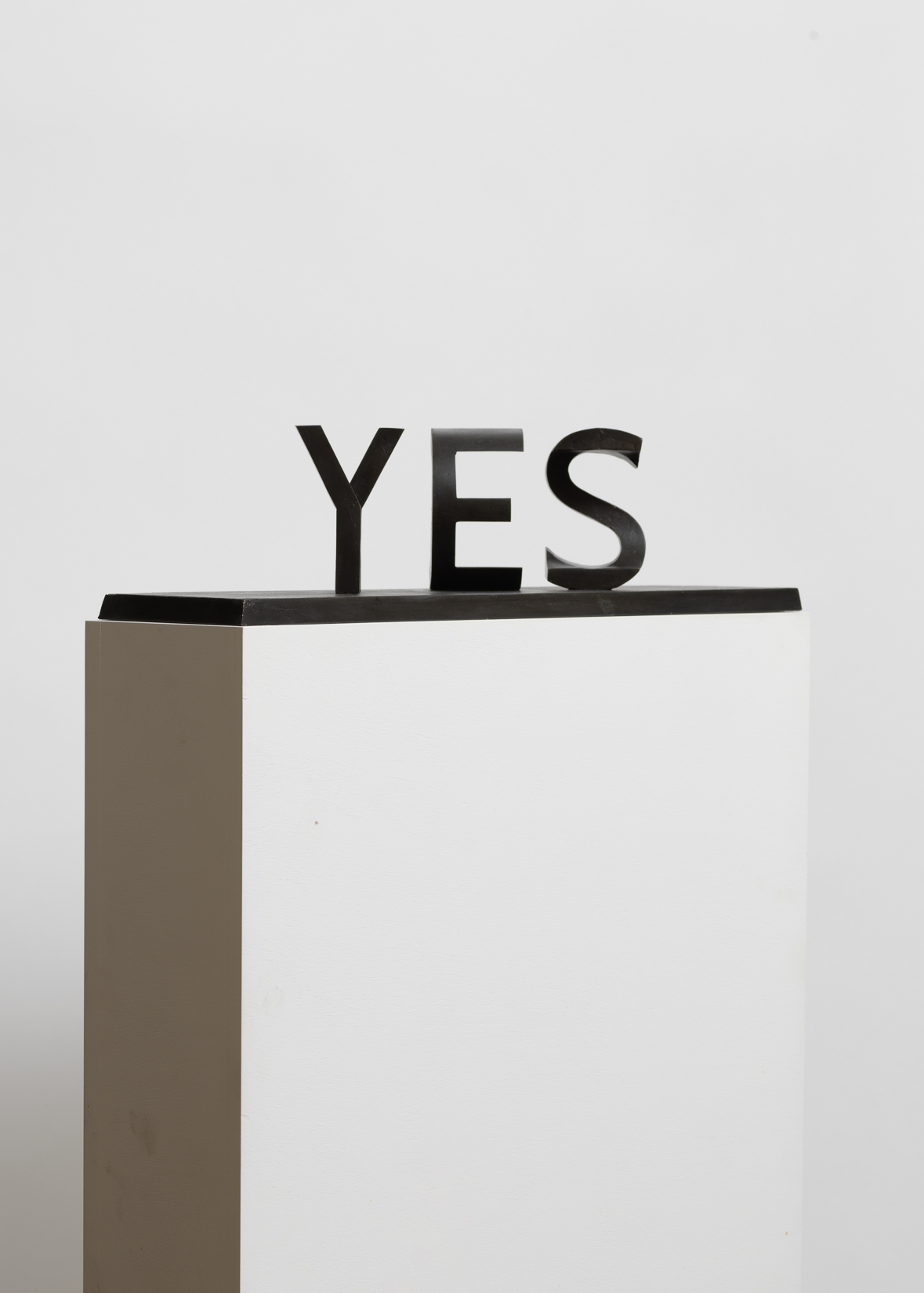
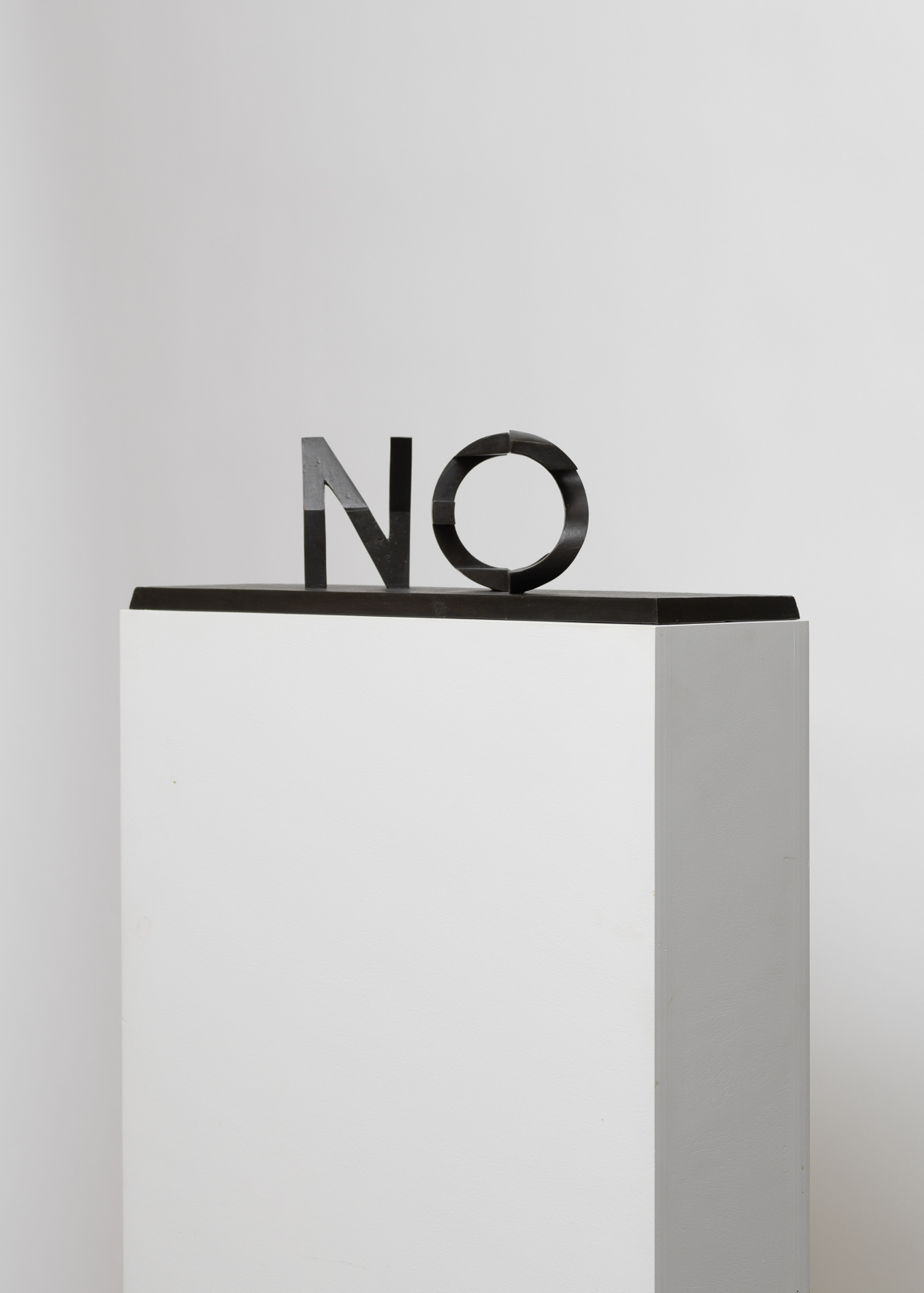
Statically in motion
The Swiss critic Max Wechsler wrote in 1984 in the US magazine Art ForumExternal link External linkthat “the art of Markus Raetz can be defined in a fundamental way: as the tension between intelligence and sensibility […] growing out of this tension is a kind of force field which sets everything else in motion and allows the art to appear in all its ambiguity of meaning”.
Raetz’s works demand a certain interaction of the viewer, as changes of perspective lead to different perceptions of the pieces. The apparent simplicity of the works – sometimes consisting of just a torn wire – conceals careful studies on the optical effects of materials and forms. His brother, a physicist, also played a role in Raetz’s mathematical calculations.
Raetz was a relentless drawing machine. He always had a sketchbook on hand that served as an illustrated journal of his reveries and studies. Some of the sketches, displayed now in Bern, can be contemplated as artworks themselves. For the artist, drawing was always the first step in making all his works, including sculptures.
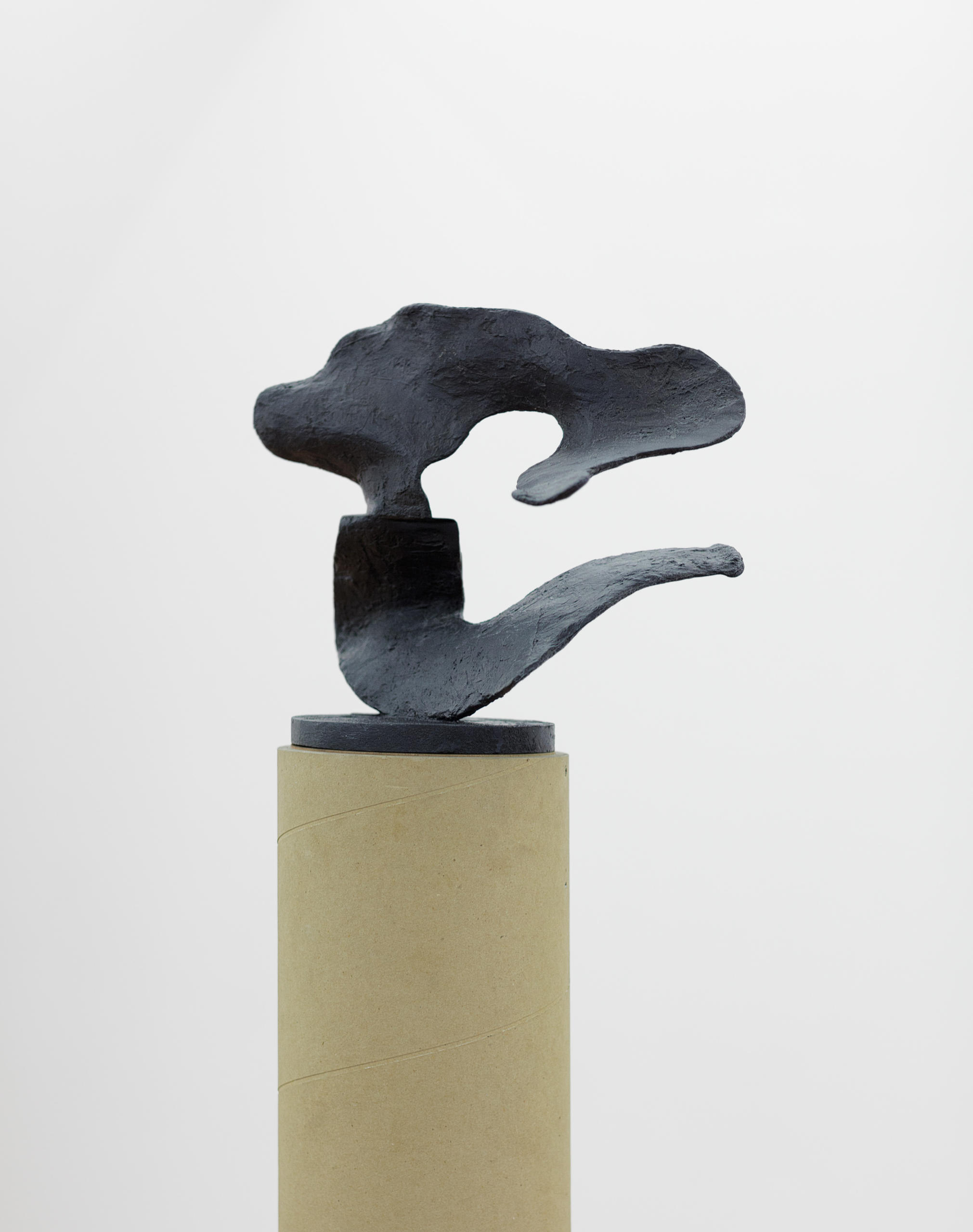
Right places at right times
Raetz was very fortunate to be at the right place at the right time. The Swiss capital, Bern, where he was born in 1941, grew up and eventually died, has never been a global artistic focal point – except for a brief period in the 1960s when pioneer curator Harald Szeemann ran the local Kunsthalle (1963-69). That coincided with the moment when Raetz decided to leave his teaching career to devote himself to art.
At the time, Szeemann transformed Bern into one of the leading centres of the avant-garde, culminating with the milestone exhibition “When Attitudes become Form”. Its radicality and the predominance of conceptual art eventually cost Szeemann his job in Bern.
Raetz was one of the local artists who fell under Szeemann’s spell during that decade. He accompanied the curator in some of his other international shows, such as the documenta 5 in Kassel, Germany (1972) – another milestone in the history of 20th-century art.
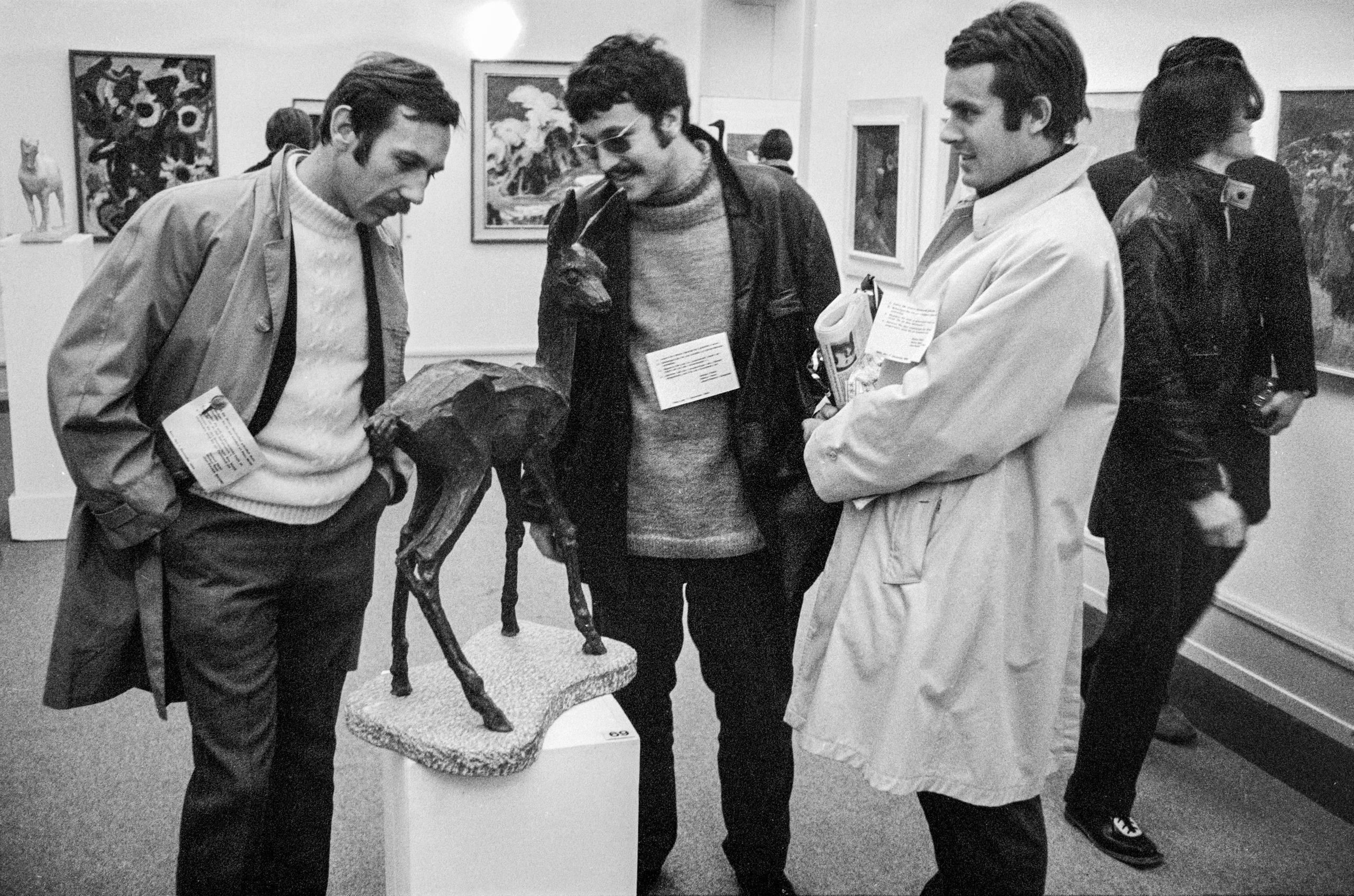
Szeemann’s influence went beyond his singular personality and artworks. The ambience created by the curator fostered myriad connections between Swiss artists and the global avant-garde, bringing art movements such as pop art, conceptualism, situationism, Fluxus and Neo-Dada closer to home.
Raetz also struck up an intense friendship with the grande dame of Swiss art, Meret Oppenheim, who had moved to the Swiss capital in 1967 to mix with that young, wild crowd.
When the Bern scene began to wither in 1969, Raetz and his wife Monika moved to Amsterdam. This period abroad, marked by extensive travels while living in a much more inspiring environment than stiff Switzerland, consolidated Raetz’s working methods and interests.
Raetz returned for good to Bern in 1976, after a couple of years spent in Carona, a tiny village in the Italian-speaking canton of Ticino and Meret Oppenheim’s favourite haunt until her death (she’s also buried there). He had by then become one of the most prolific Swiss artists, with a constant flow of exhibitions in the main European capitals.
In the mid-1980s, Raetz had his breakthrough in the American scene thanks to a solo exhibition in the New Museum of Contemporary Art in New York (1988). That same year, he represented Switzerland at the 43rd Venice Biennale.
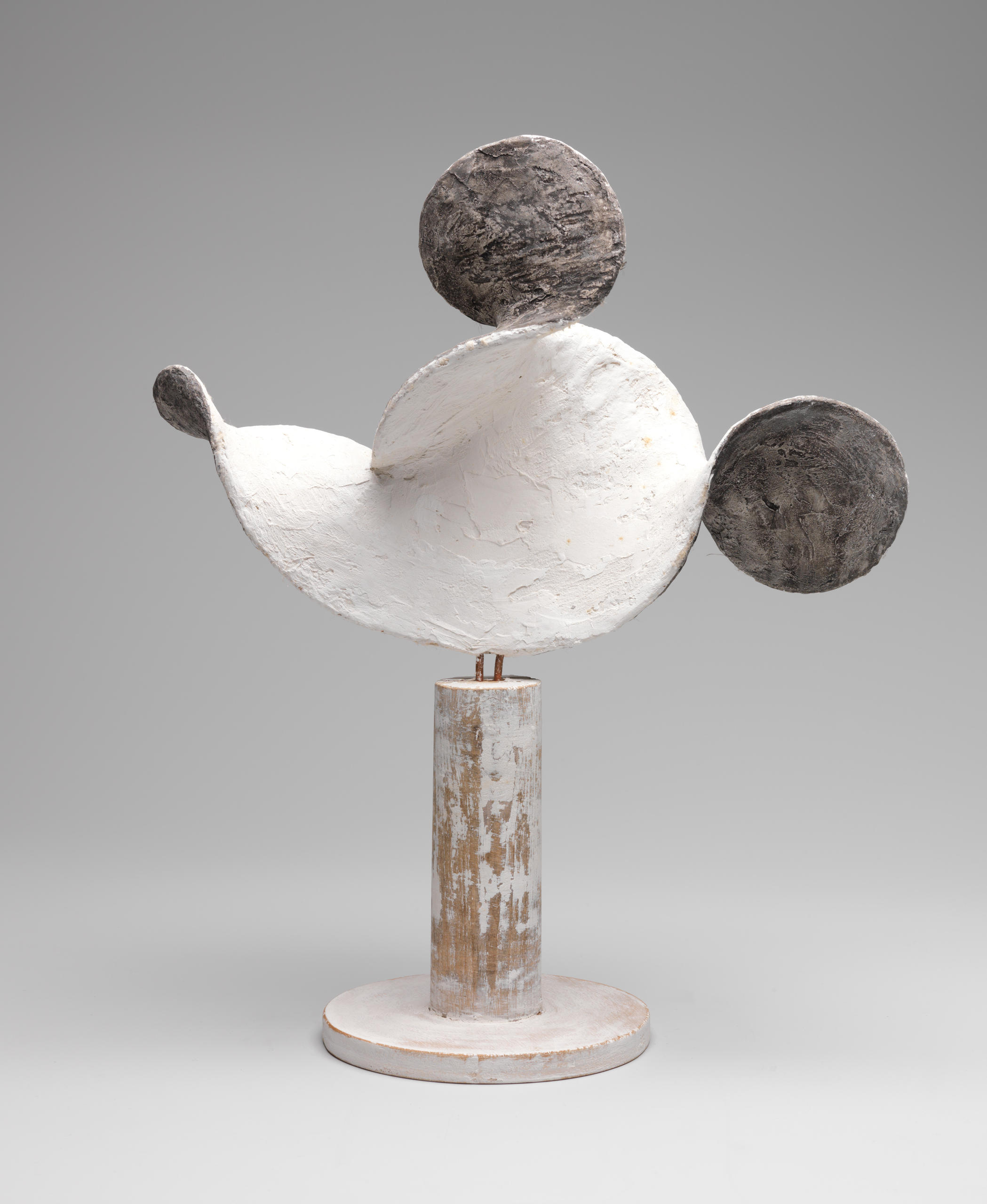
Work ethic
Before turning 50, Raetz was already an established name on the Swiss and international art circuits, but notoriety for him simply meant the possibility of working constantly on a steady output that defied not just the perception of the artworks but also of spaces.
His 3D objects play with the perception of their exhibition sites – expanding, compressing or distorting them. Many of them also enter into dialogue with Raetz’s most affectionate influences, such as the Belgian surrealist René Magritte, the American photo-artist Man Ray, or Mickey Mouse.
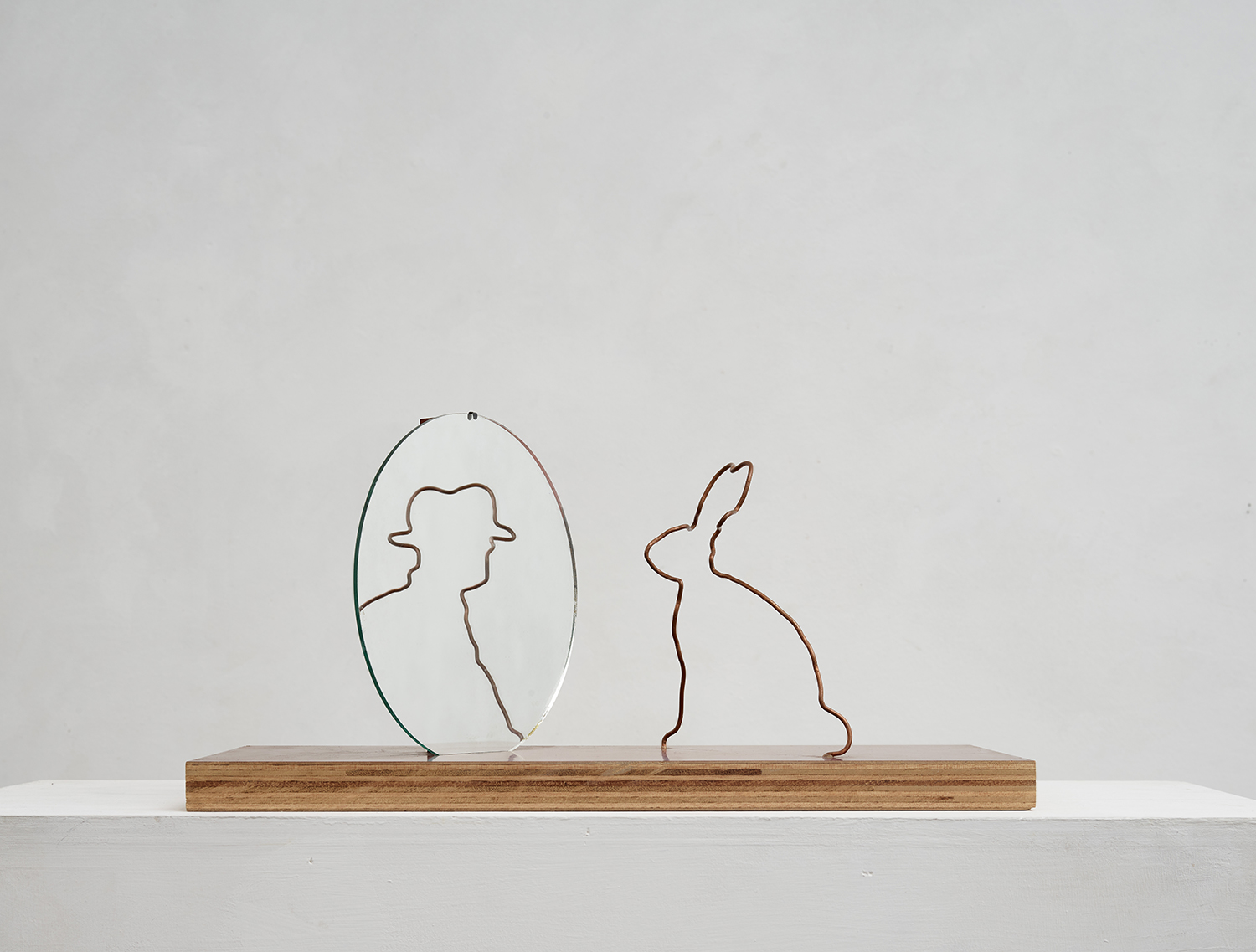
It is maybe still too early to make a comprehensive assessment of Raetz’s importance in the universe of contemporary art. But he certainly epitomises some peculiar characteristics shared by a handful of Swiss artists who shot to fame abroad, like Fischli & Weiss, Max Bill, Meret Oppenheim or Alberto Giacometti.
We could mention the deceptive simplicity that leads to various interpretations and layers of meaning; a constant quest for the essence of materials and the human experience; the playful arrangements of words and concepts. But none of these can be attributed to any kind of “Swiss way” of making art, not even Raetz’s prolific work ethos, similar to his contemporary Jean-Frédéric Schnyder, for whom “art is just work”.
The clichés of Swiss Protestant-Calvinist mores, though, do not apply to Raetz’s art. Even if it provokes a smile rather than a laugh, it reflects the quiet joy that Raetz displayed while conceiving and making his pieces. It’s a lot of work, yes, but fundamentally it’s fun and pleasure.
Edited by Virginie Mangin

In compliance with the JTI standards
More: SWI swissinfo.ch certified by the Journalism Trust Initiative
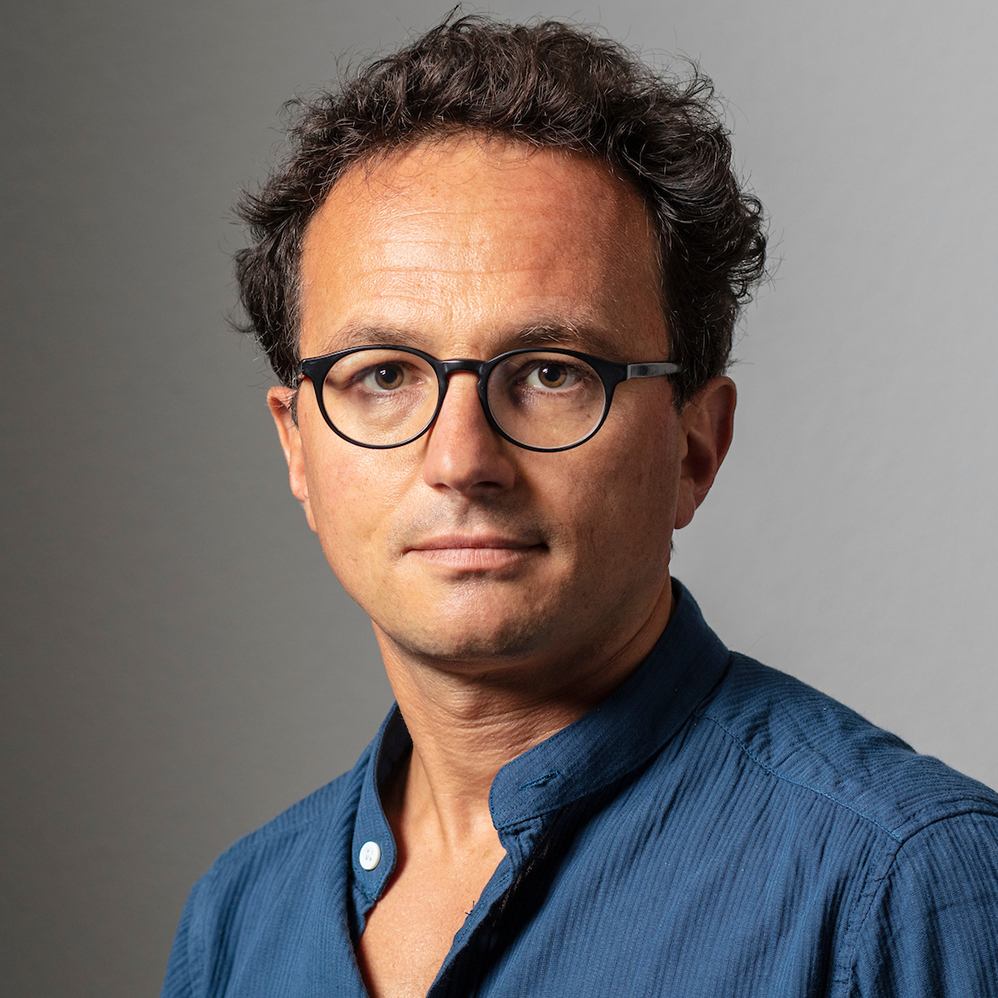
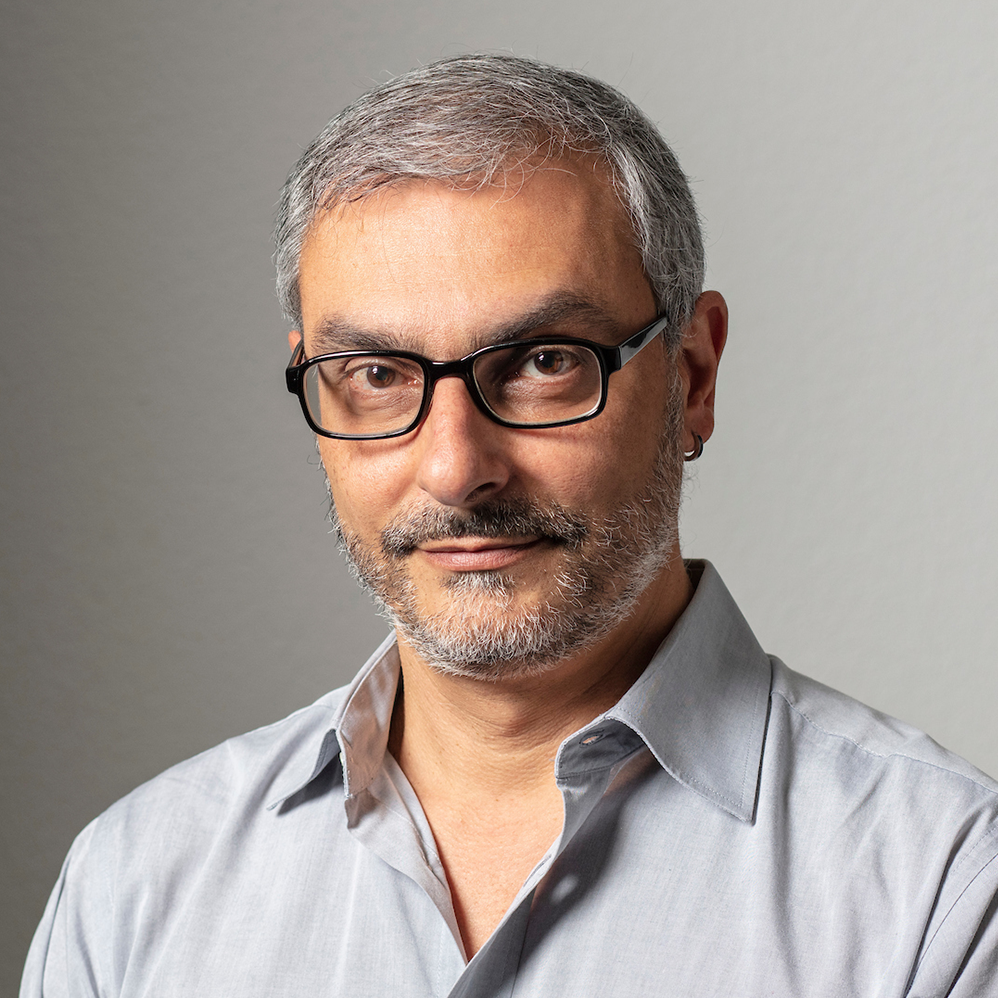
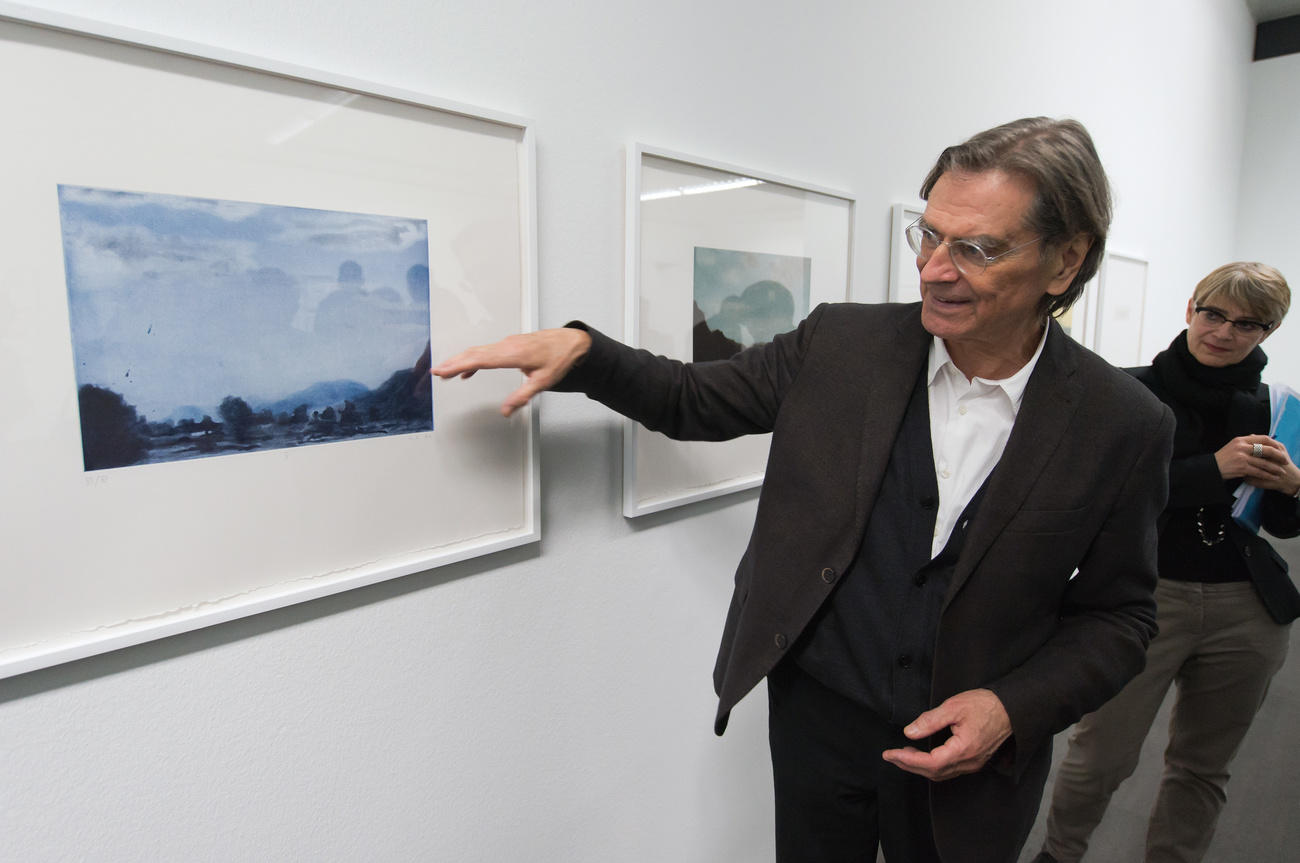
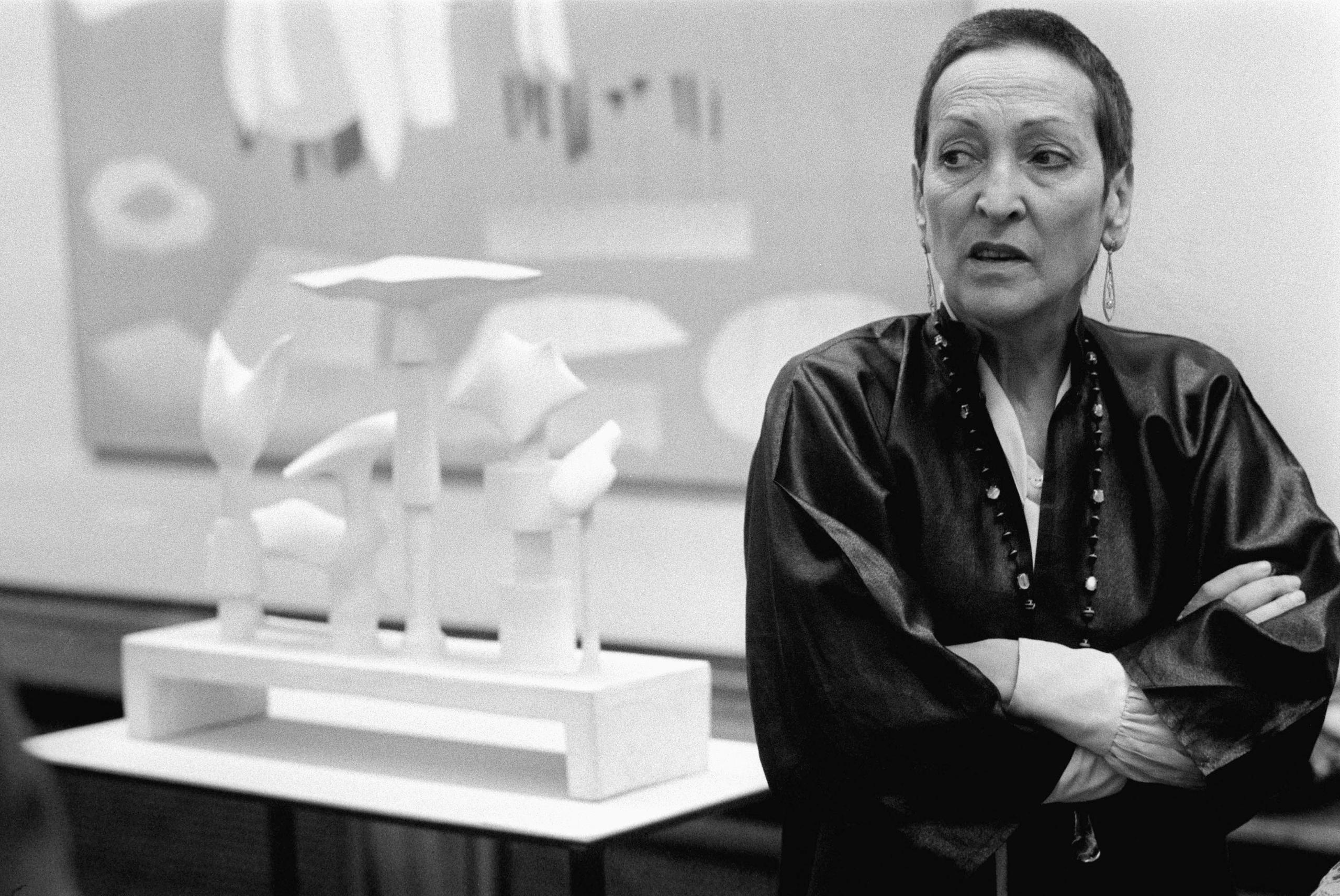
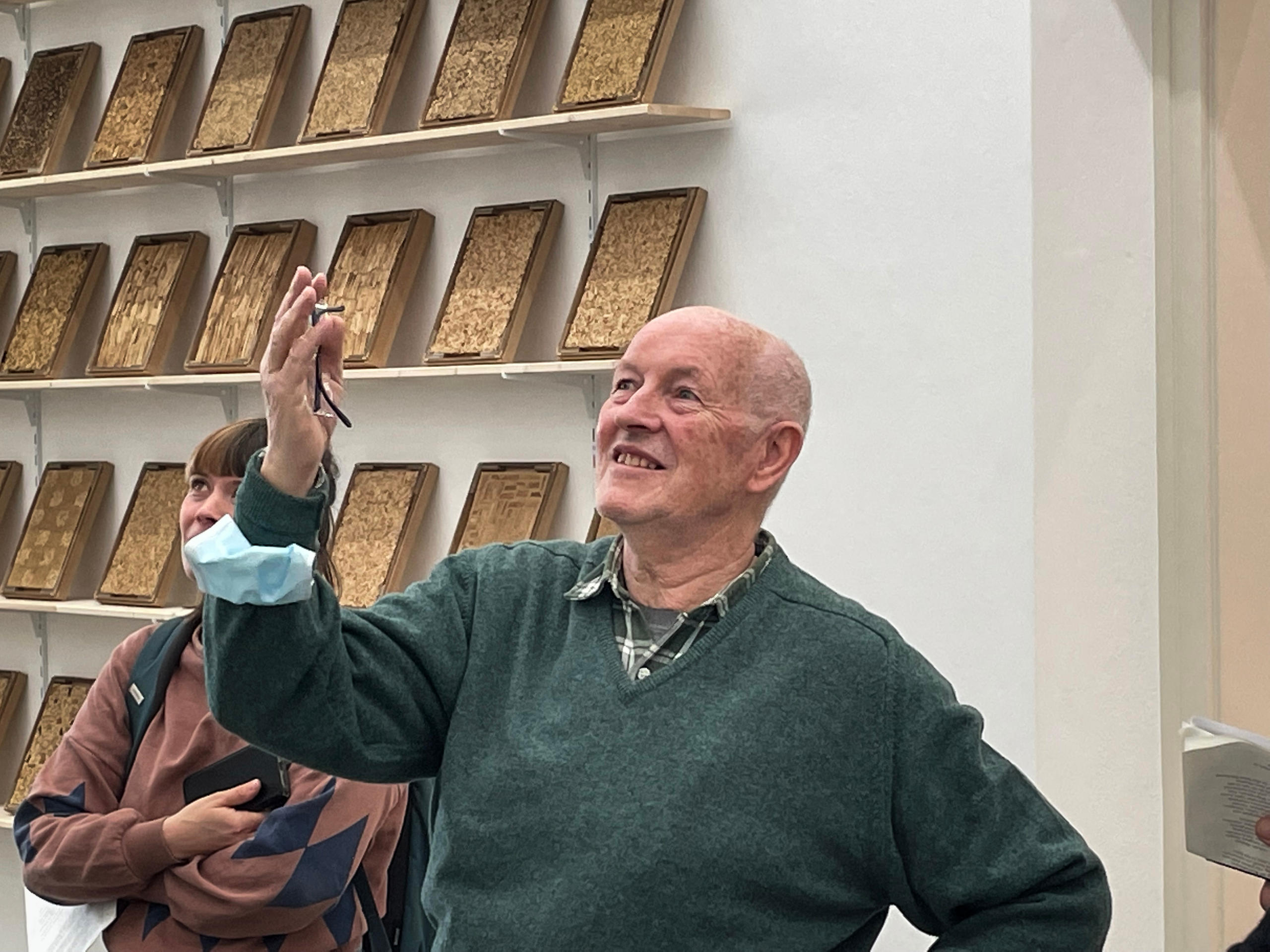
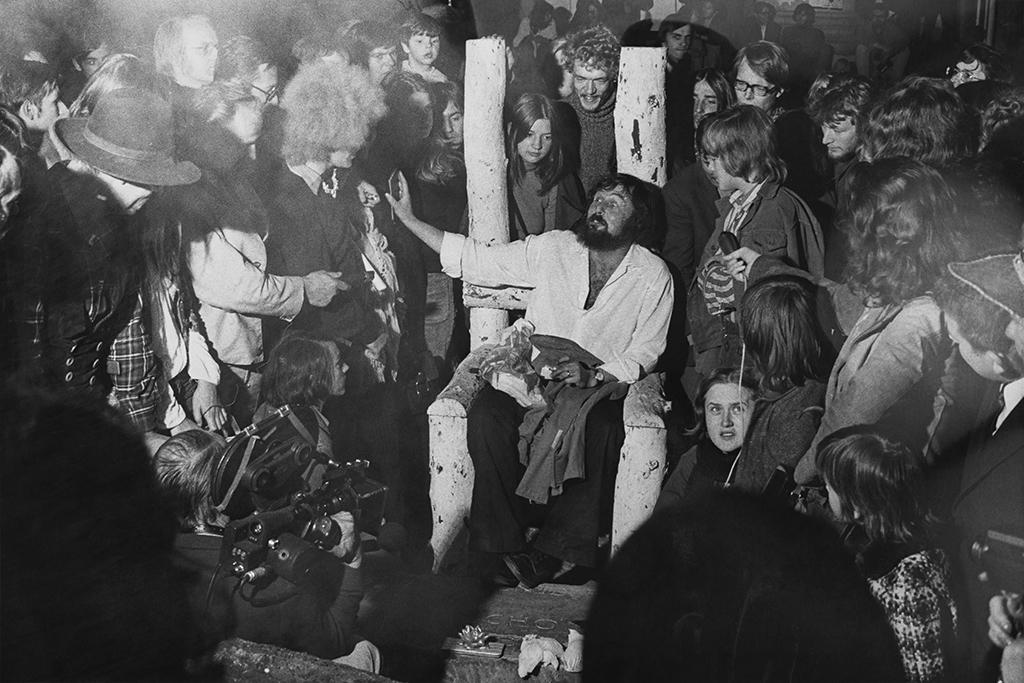
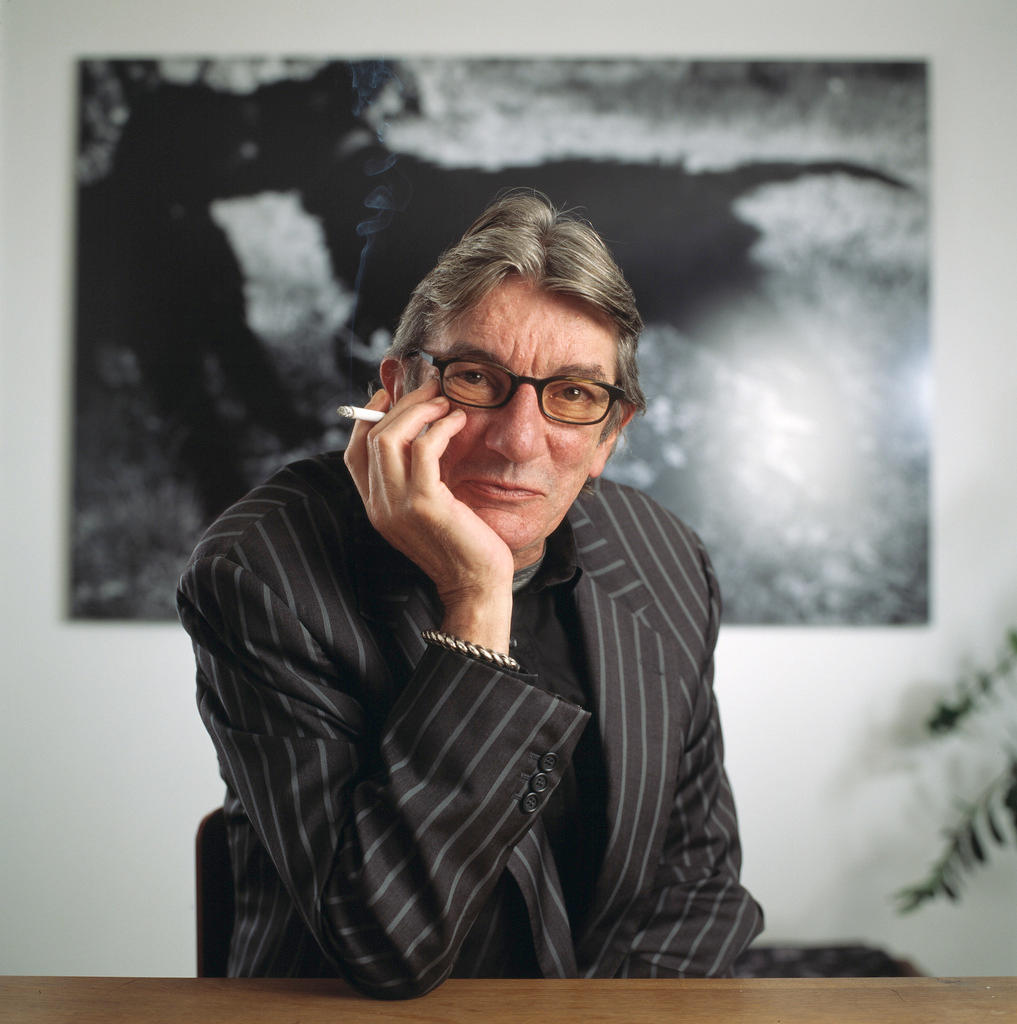
You can find an overview of ongoing debates with our journalists here . Please join us!
If you want to start a conversation about a topic raised in this article or want to report factual errors, email us at english@swissinfo.ch.